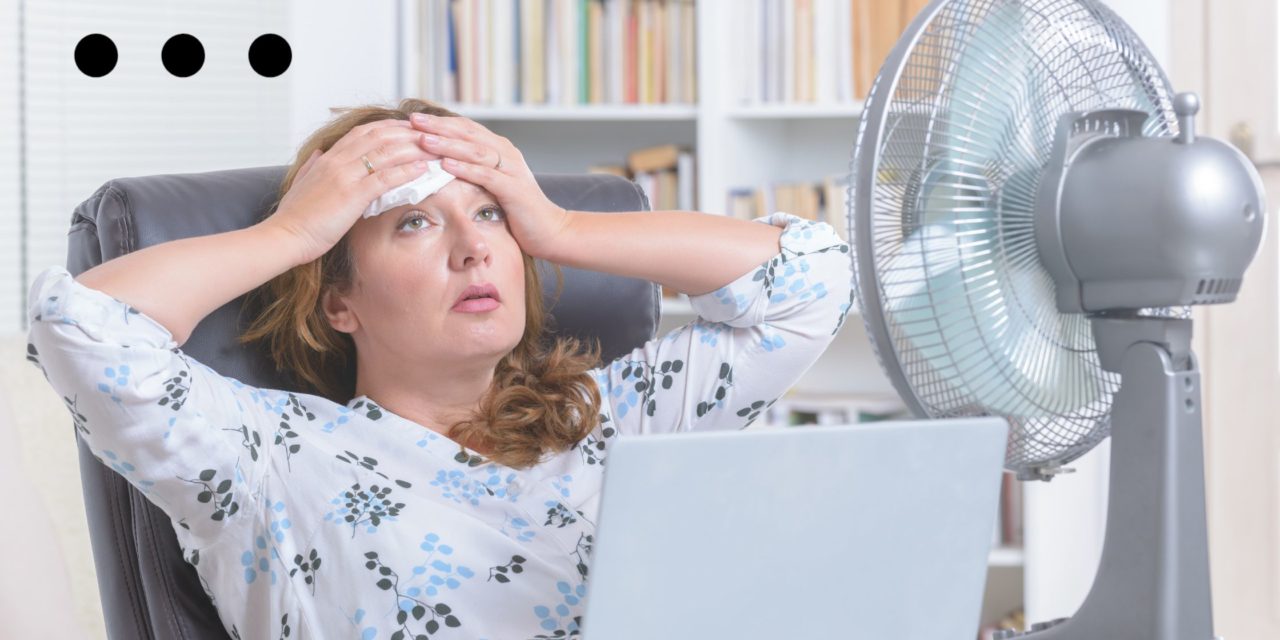If you feel like you’ve started sweating all of the dang time since starting Suboxone therapy, you’re not imagining it (and you’re not alone). Excessive perspiration is a common side effect of this medication. Is it a life-threatening symptom? No. Uncomfortable, inconvenient, and possibly a bit off-putting? Kind of.
So if you want the excess sweating to stop without quitting your MAT, we’ve got 5 ways how to stop excessive sweating from Suboxone. We will also take a closer look at what causes Suboxone sweating in the first place.
Suboxone & Sweating: What’s the Cause?
Flushing, sweating, hot flashes and even night sweats have all been reported symptoms by Suboxone users. Scientists aren’t entirely sure why Suboxone causes sweating in so many people, but they do know the main culprit: buprenorphine, which is one of the main active ingredients in Suboxone. Other opioid addiction treatments, like methadone, are also known to cause similarly swampy symptoms.
Triggers the release of histamines
One hypothesis is that Suboxone stimulates a specific part of our immune system called a mast cell. These little guys are responsible for releasing histamines, the chemical that causes blood flow to increase in specific areas and results in the immune response known as inflammation. This increase in blood flow is responsible for causing those areas to feel warm, which in turn can cause sweating.
Interferes with the body temperature regulation
The other reason is that Suboxone disrupts the part of the brain that controls body temperature, called the thermoregulatory center. Located in the hypothalamus, this section of the brain constantly monitors your body temperature. It also sends out the signal to release or generate heat if your temperature is too low or too high, keeping your temperature in the ideal (and very narrow) range of around 97.5°F to 98.9°F. In rare instances, the resulting inflammation caused by Suboxone may trigger the hypothalamus to cause a fever.
It’s Not Just Suboxone
It turns out that the reason why Suboxone makes us sweat isn’t exclusive to Suboxone. Perspiring is a known side effect associated with opioid use in general—hydrocodone, morphine, and methadone are particularly notorious for also resulting in excessive sweating. One distinction, however, is that partial opioids with a ceiling indirectly affects the hypothalamus while full opioid antagonists may directly interfere with the functioning of the central nervous system structures that are responsible for thermoregulation.
How to Stop Excessive Sweating from Suboxone
We’ve got good and not-so-good news for you. The not-so-good news is that there’s no concrete way to stop it from happening. If you’re one of the people who are affected by this side effect, you’ll just have to find a way to deal with it. The good news, however, is that there are multiple ways to do so.
- Wear cool clothing
No need to reinvent the wheel. If your medication is causing internal heating, offset it by wearing light, breathable clothing to keep your external temperature as cool as possible. In a similar vein, avoid extraneous activities or going out at times of the day that would lend itself to overheating, like playing a game of soccer in the middle of a summer day.
- Antiperspirants at bedtime
Adding an antiperspirant to your routine could help reduce uncomfortable night sweating. You may also benefit from other things to keep yourself cooler at nighttime like switching to bed sheets made with natural fibers (materials like cotton and linen are ultra-breathable and great at wicking away heat) or lowering the temperature at night.
- Prescription medications
If making external adjustments isn’t helping with Suboxone sweating side effects, it may be time to go the clinical route and get a prescription medication. Clonidine is a blood pressure drug that makes the part of the central nervous system that may cause sweating less sensitive. Another option is anticholinergics which completely stop sweating by blocking the neurotransmitter acetylcholine from taking effect. They also tend to stop all secretions, so dry eyes and dry mouth are common side effects.
- Botox
Botox isn’t just a beauty procedure, it’s also used to treat hyperhidrosis and stop excess sweating. These injections use the toxin botulinum to block the nerves that tell your sweat glands to generate sweat. It’s FDA approved but may take several injections.
- Adjust your dosage
It’s possible that your sweating is not necessarily a result of the medication itself but a symptom of opioid withdrawal. If your Suboxone dosage is too low, it won’t effectively fulfill the brain’s physiological craving for the chemical. Locate a suboxone clinic near you or talk to your Suboxone doctor to determine if your current dosage needs to be adjusted.

